When it comes to building an impressive upper body, few things make a statement like well-developed traps and shoulders. These muscle groups don’t just enhance your physique—they’re critical for posture, athletic performance, and injury prevention. Whether you're looking to sculpt broader shoulders, strengthen your upper back, or just stop your traps from lagging behind, this guide has everything you need.
In this article, we’ll cover the anatomy of the shoulders and traps, the benefits of training them together, and the most effective traps and shoulder exercises to add to your workout routine.
Why Focus on Traps and Shoulders?
The deltoids (shoulders) and trapezius (traps) are both crucial upper body muscles. Although they serve different functions, they often work in synergy—especially in compound lifts and overhead movements. Strengthening both areas together creates a more balanced, aesthetic look and helps improve overall upper body function.
Benefits of Strong Shoulders and Traps:
-
Improved posture and shoulder stability
-
Better performance in compound lifts like deadlifts, cleans, and presses
-
Reduced risk of shoulder and neck injuries
-
Aesthetic, "3D" look to your upper body
-
Enhanced upper-body strength and control in sports and functional movement
Traps vs. Shoulders: What’s the Difference?
Before diving into training techniques, let’s clarify the muscle groups involved:
Trapezius (Traps)
The trapezius is a large, kite-shaped muscle that spans from the base of your skull down to your mid-back and extends across your shoulders. It's typically divided into three regions:
-
Upper traps: Elevate the shoulders (think shrugging)
-
Middle traps: Retract the scapula (pull your shoulder blades together)
-
Lower traps: Depress and stabilize the scapula
Deltoids (Shoulders)
Your deltoid muscle caps your shoulder and has three heads:
-
Anterior deltoid (front): Assists in forward shoulder motion and pressing
-
Lateral deltoid (side): Helps raise your arms to the side
-
Posterior deltoid (rear): Works in pulling motions and supports scapular movement
Best Exercises for Traps and Shoulders
A complete shoulder and trap workout will hit all areas of the delts and the full trapezius. Here are some of the most effective exercises:
For Traps:
-
Barbell Shrugs
Targets: Upper traps
Tips: Use heavy weight and pause at the top for a strong contraction. -
Dumbbell Shrugs
Easier on the joints than barbells and allows for a greater range of motion. -
Face Pulls
Targets: Rear delts and mid traps
Tips: Use a rope attachment and pull toward your forehead with elbows high. -
Rack Pulls
Combines trap development with overall posterior chain work. -
Y-Raises
Great for lower traps and shoulder health. Use light weights and strict form.
For Shoulders:
-
Overhead Press (Barbell or Dumbbell)
Compound movement that works all three heads of the deltoid and the traps. -
Lateral Raises
Isolate the lateral delts for width and definition. -
Rear Delt Flyes
Essential for balanced shoulder development and scapular stability. -
Arnold Press
Hits all three heads of the deltoid while improving mobility. -
Upright Rows
Engage the traps and lateral delts. Use a wide grip to minimize wrist strain.
Training Tips for Balanced Trap and Shoulder Growth
-
Frequency: Hit shoulders and traps 1–2 times per week.
-
Volume: Aim for 12–20 sets per muscle group per week, adjusting based on recovery.
-
Progressive Overload: Gradually increase weight or reps over time.
-
Mind-Muscle Connection: Focus on contracting the muscles intentionally—especially during isolation movements like shrugs or lateral raises.
-
Warm-Up and Mobility: Prioritize shoulder mobility drills to prevent injury and improve range of motion.
Common Mistakes in Shoulder and Trap Training
-
Neglecting Rear Delts and Lower Traps
Most people overtrain the front and upper parts while ignoring posterior muscles—leading to imbalance and poor posture. -
Using Too Much Weight
Especially during shrugs and lateral raises, excessive weight limits range of motion and reduces effectiveness. -
Poor Form on Compound Lifts
Compensating with momentum or bad technique in overhead presses and upright rows can lead to injury. -
Skipping Warm-Up Sets
Cold shoulders and traps are a recipe for strain. Always start light and ramp up.
Sample Traps and Shoulders Workout
Day: Upper Body Push Focus
| Exercise | Sets | Reps |
|---|---|---|
| Overhead Barbell Press | 4 | 6–8 |
| Dumbbell Lateral Raises | 3 | 10–12 |
| Face Pulls | 3 | 12–15 |
| Barbell Shrugs | 4 | 8–10 |
| Rear Delt Flyes (Cable) | 3 | 12–15 |
| Dumbbell Arnold Press | 3 | 8–10 |
Optional Finisher:
-
Upright Rows supersetted with Dumbbell Shrugs – 3 sets to failure
Recovery and Growth
Don’t forget—muscles grow during rest. For optimal shoulder and trap development, ensure:
-
8+ hours of sleep per night
-
Adequate protein intake (0.7–1g per pound of body weight)
-
Deload weeks every 4–6 weeks to avoid overtraining
Final Thoughts
Building powerful traps and shoulders isn’t just about aesthetics—it’s about function, performance, and long-term joint health. Whether you're a beginner looking to bulk up your upper body or an athlete trying to improve posture and pulling strength, a well-structured trap and shoulder routine is key.
Remember: balance is everything. Train smart, use proper form, and give these vital muscles the attention they deserve.

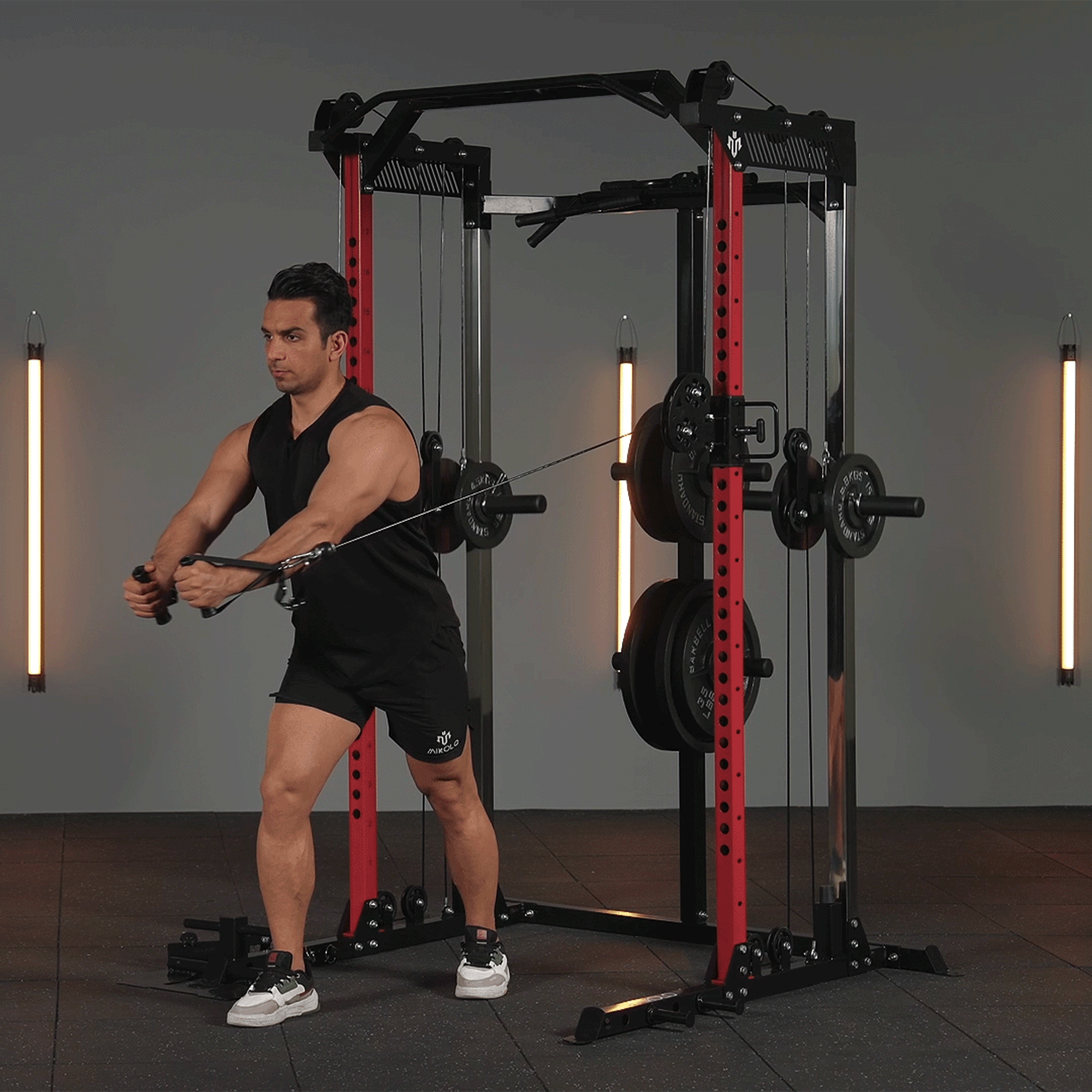









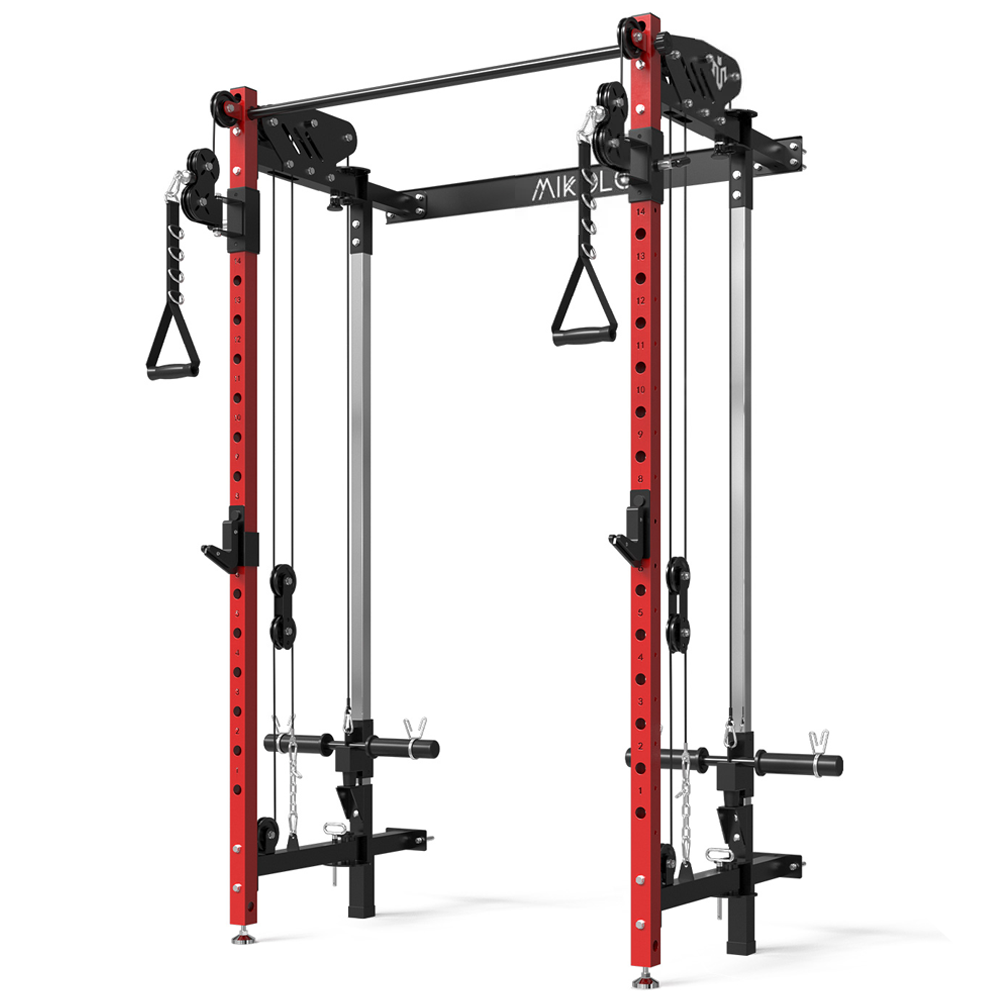
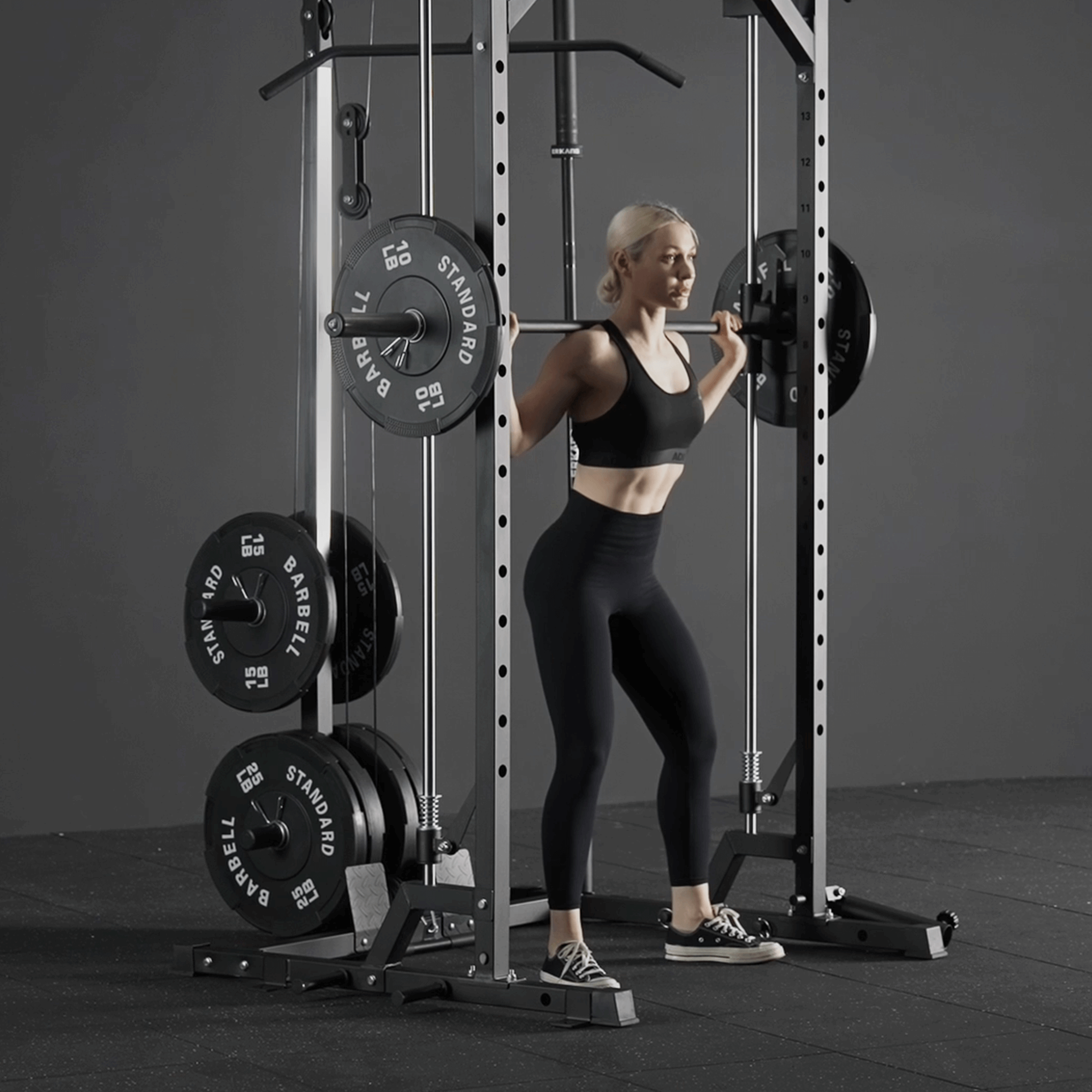





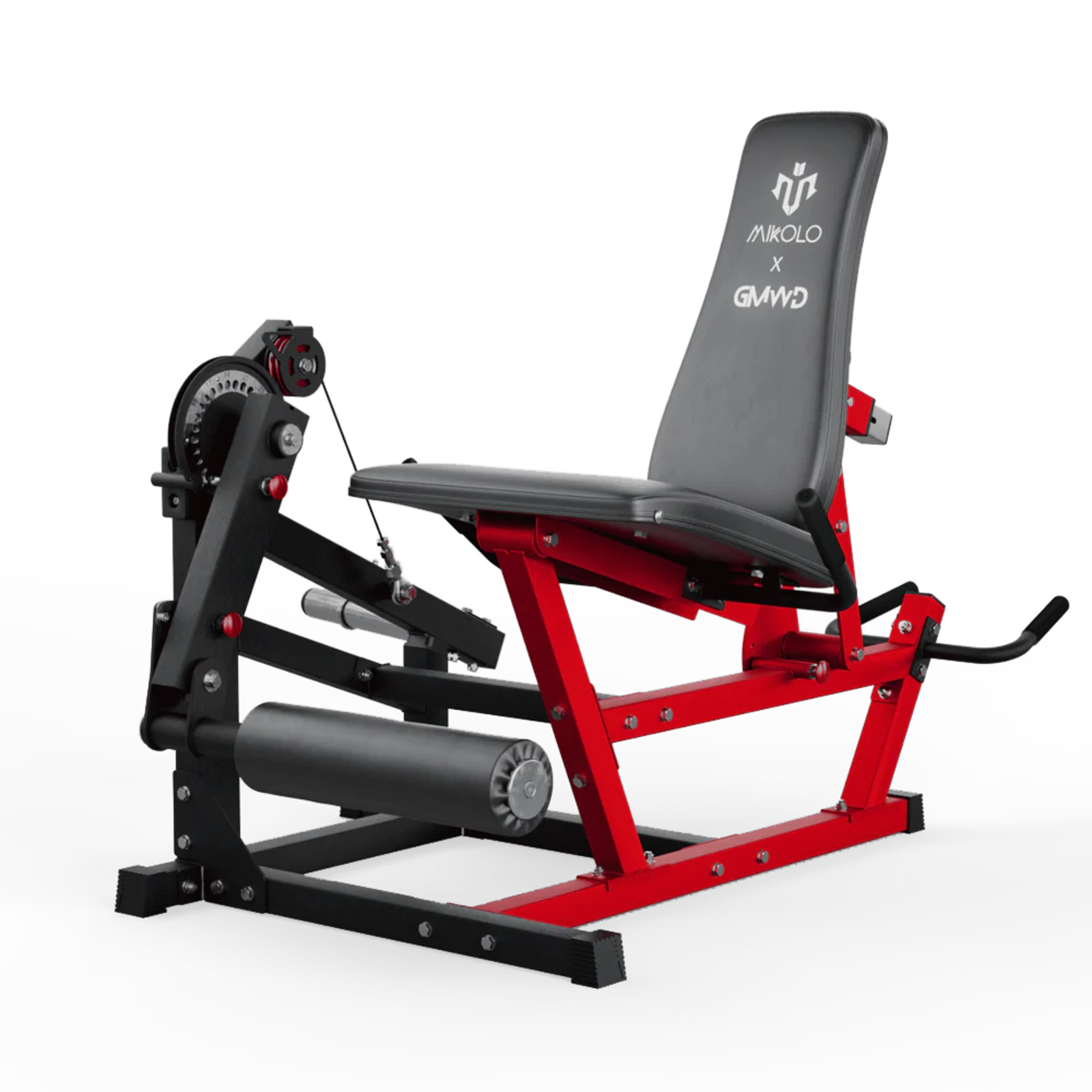
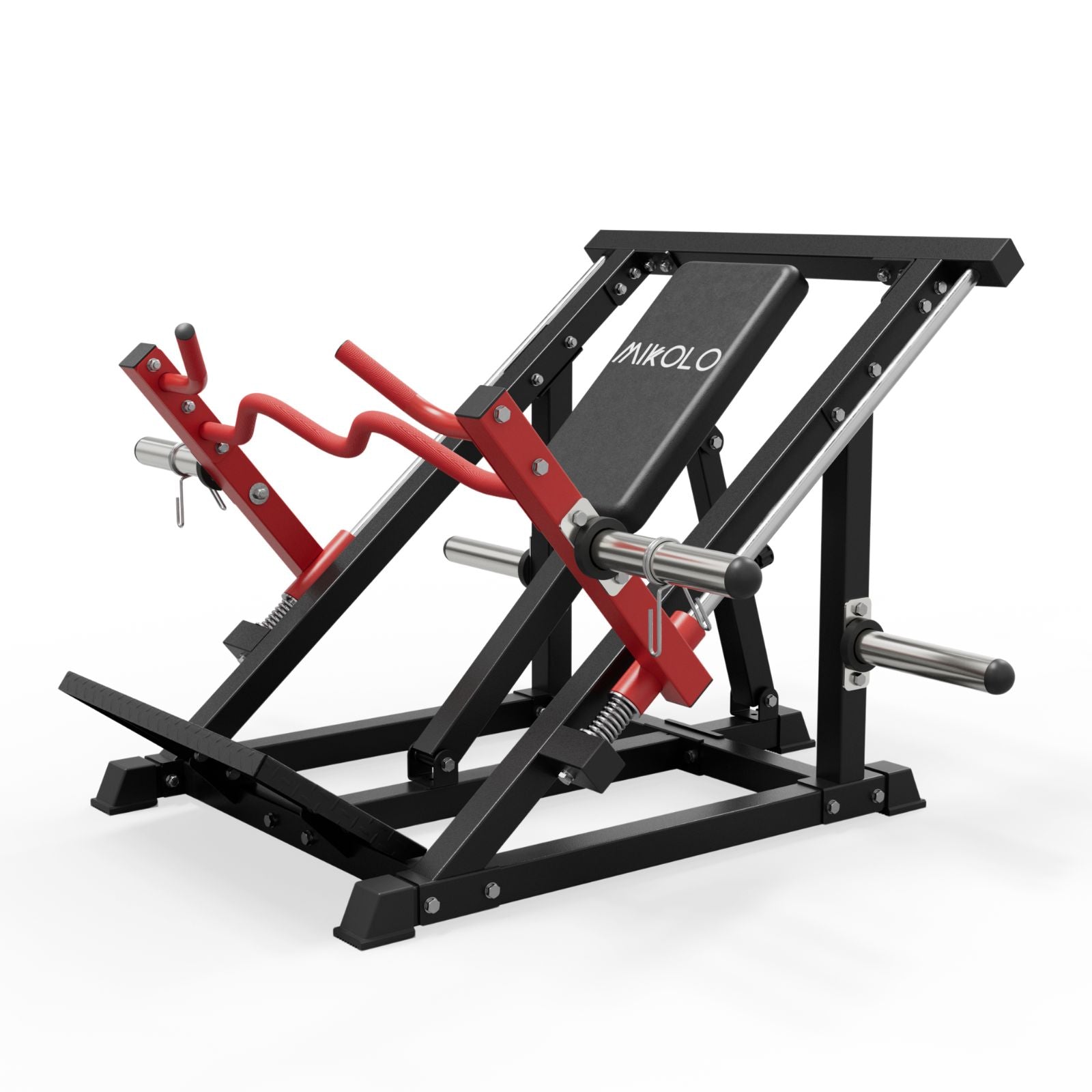
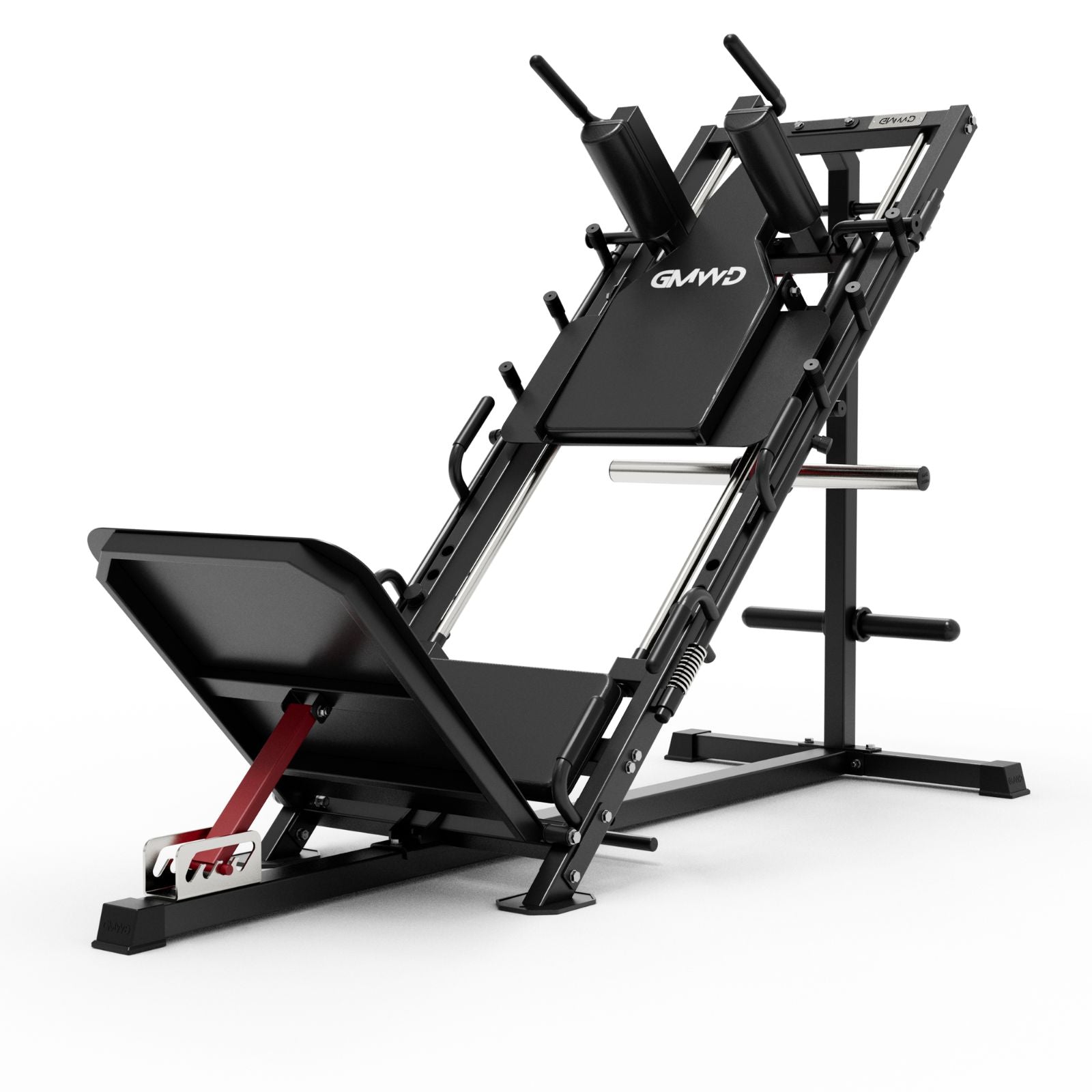
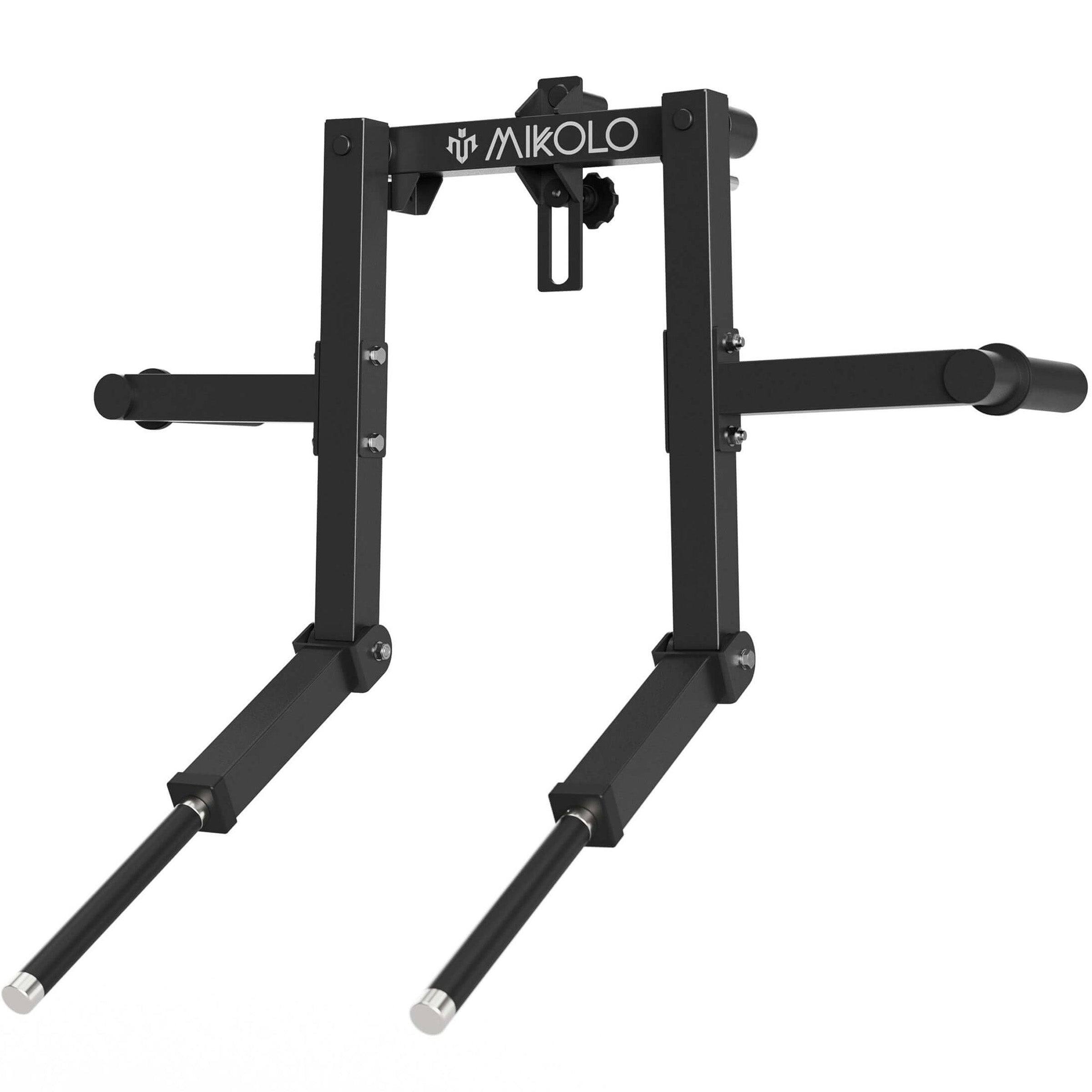
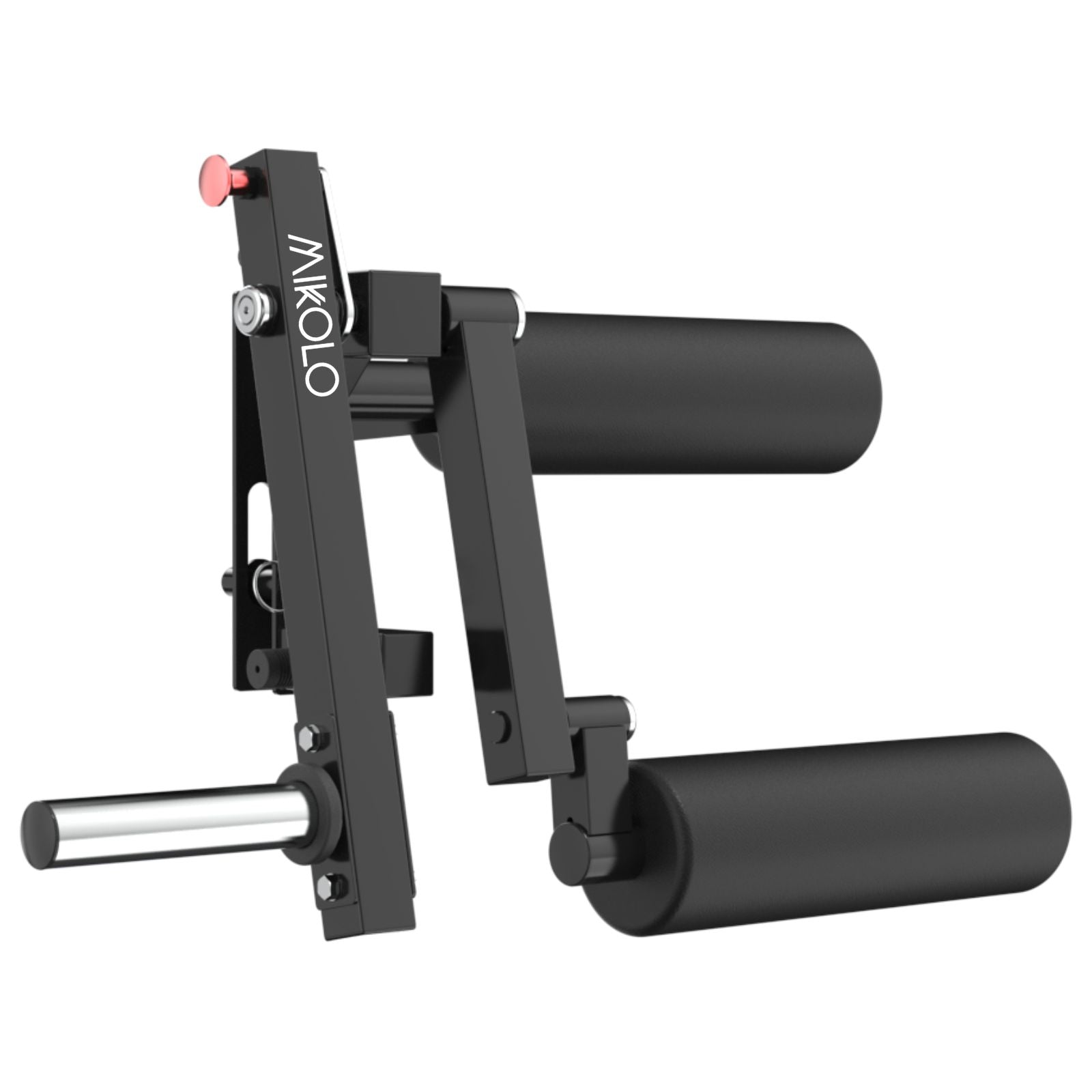



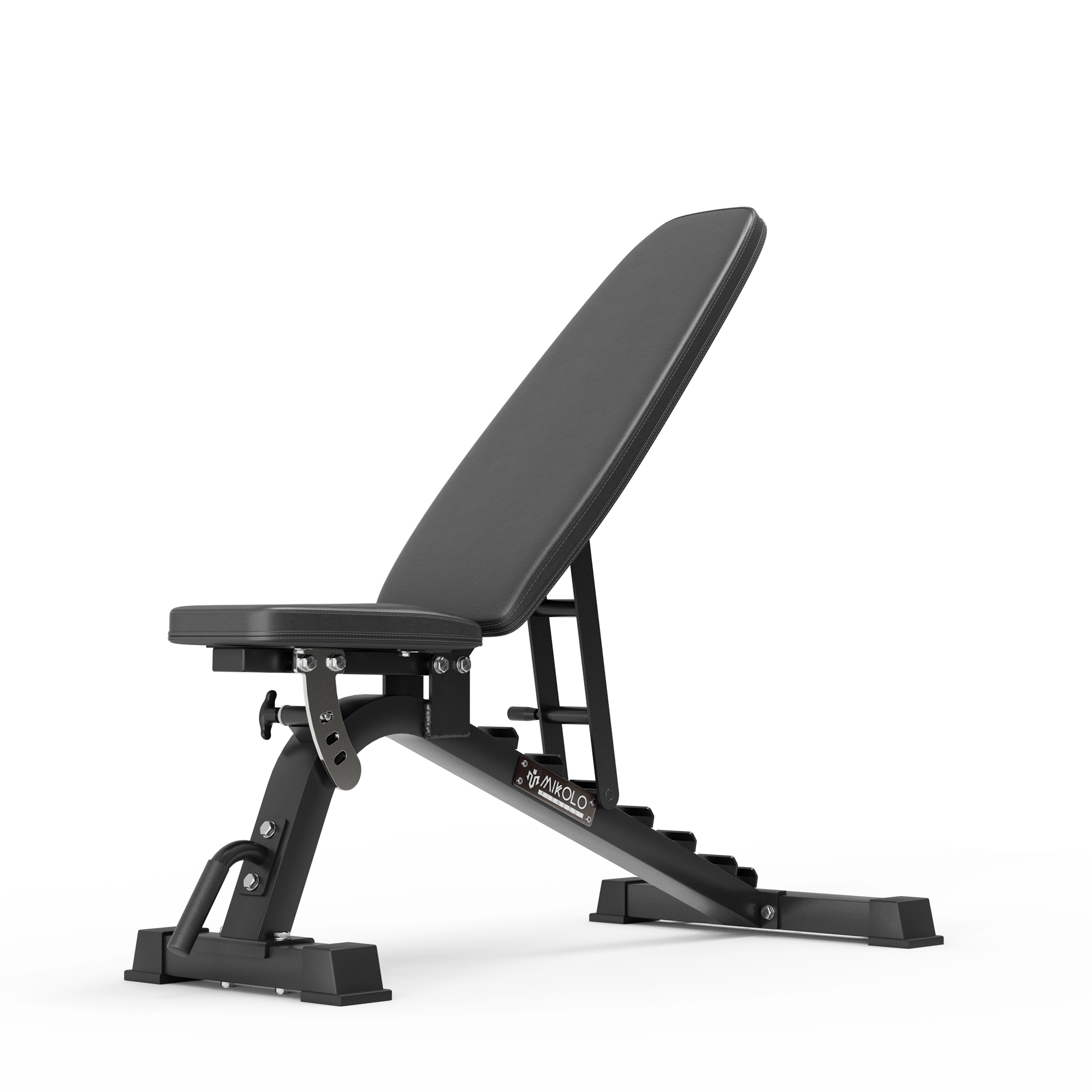











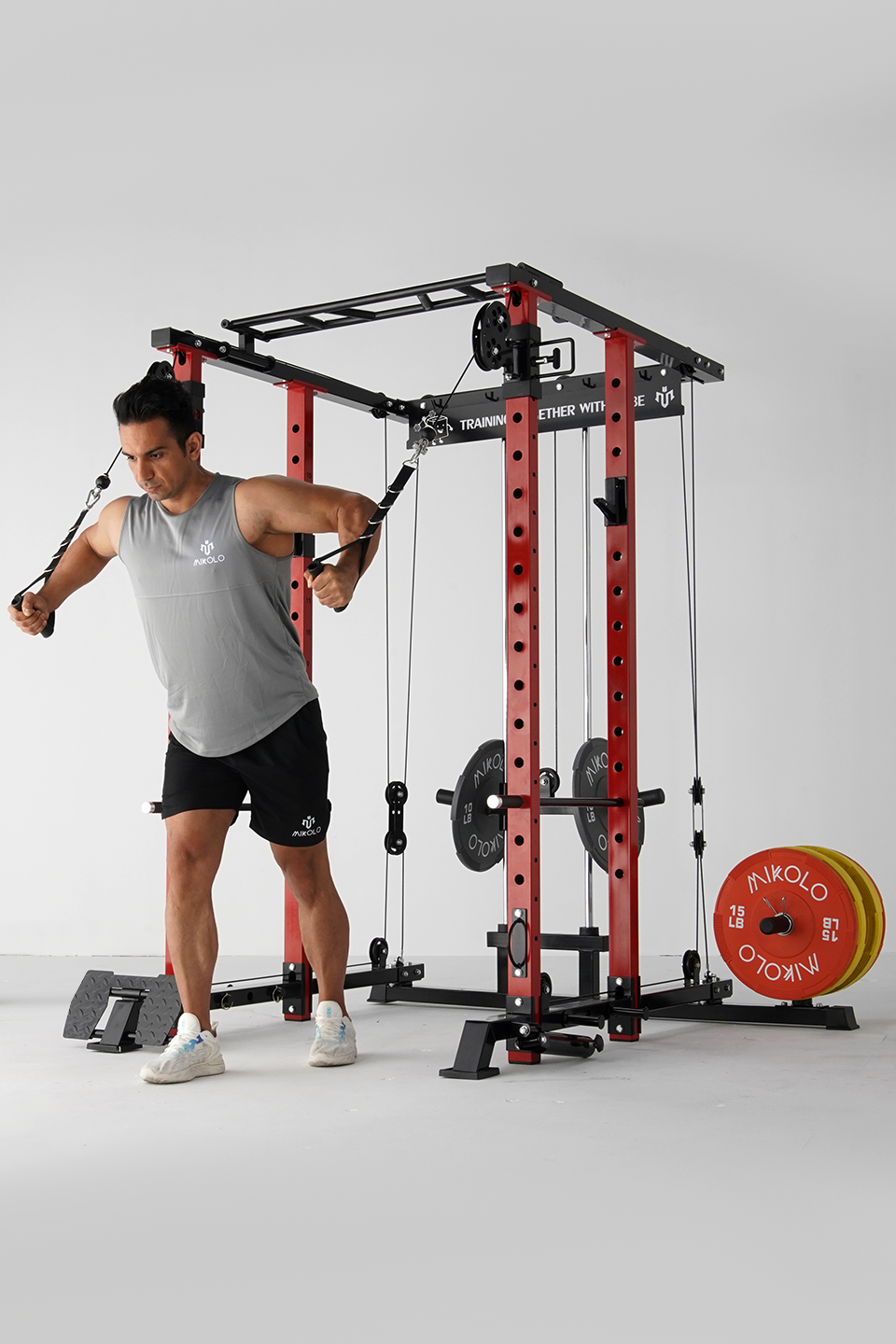
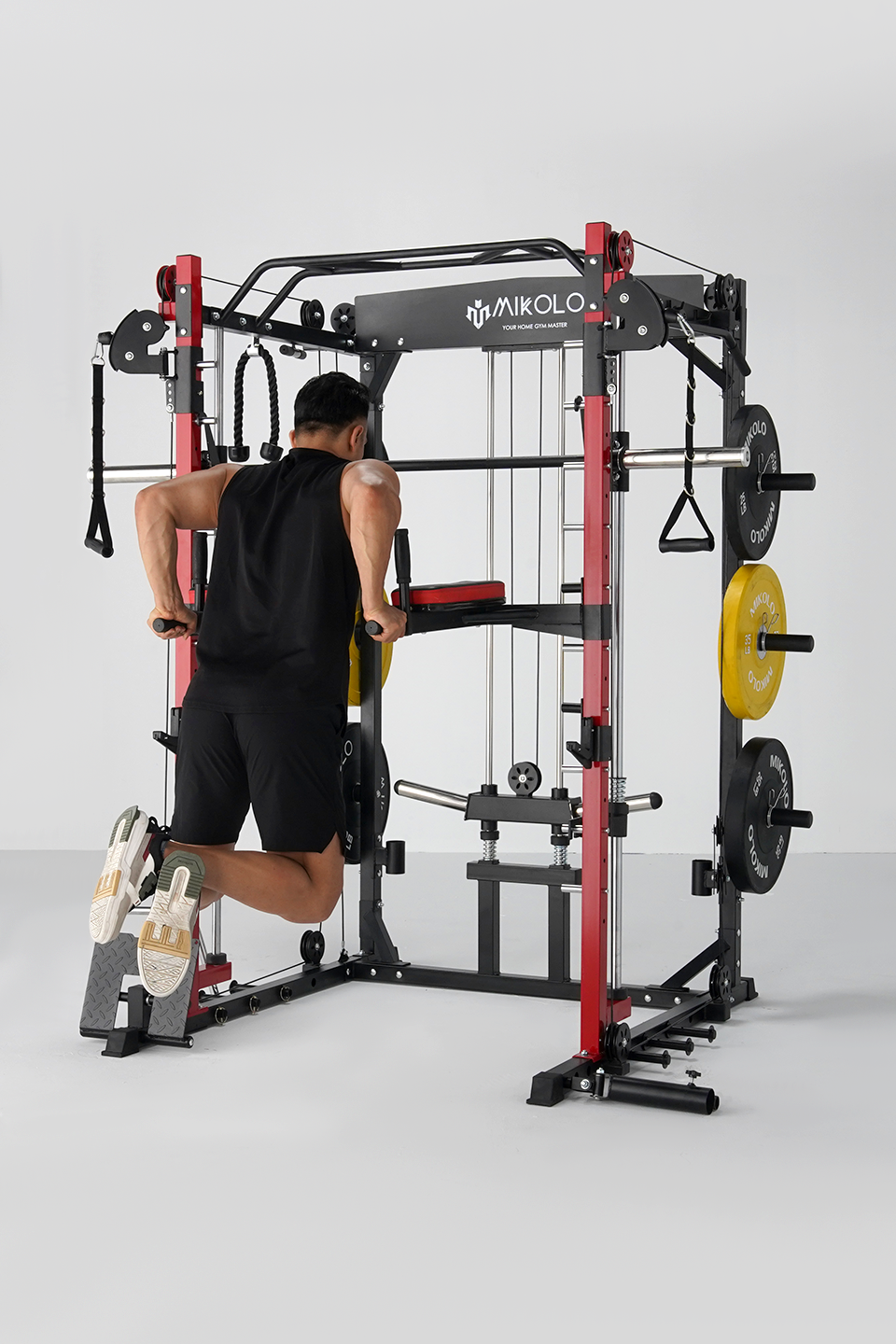


Leave a comment
This site is protected by hCaptcha and the hCaptcha Privacy Policy and Terms of Service apply.